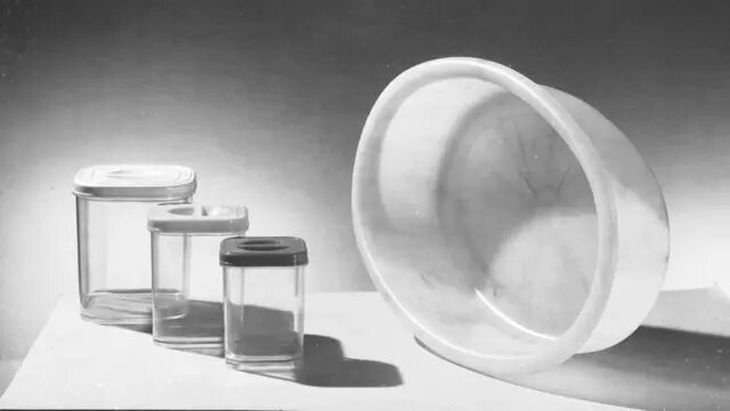Leo Hendrik Baekeland He is remembered as one of the great pioneers of modern science, a man whose ingenuity and dedication created one of the most important materials of the 20th century. After a life of effort and improvement, he reached a prominent position in the scientific and industrial world. Their discovery, driven by a combination of talent and fortune, gave rise to an era of synthetic products that revolutionized the industry and defined new standards in manufacturing.
The impact of his work not only transformed multiple sectors, but also introduced innovative materials into the daily lives of millions of people. Thanks to his legacy, Baekeland left a mark that still influences the way people live and use the objects around them.
What was the story of Leo Hendrik Baekeland like?
On November 14, 1863, Leo Hendrik Baekeland was born in Ghent, Belgium, at a time of great scientific and industrial advances. From a young age, his talent and curiosity about chemistry led him to enter the Ghent Universitywhere he graduated with a doctorate at age 21. Although his family did not understand his passion for science, especially his father, a shoemaker who preferred that he dedicate himself to the family trade, the boy decided to follow his path.
After completing his studies, emigrated to the United Statesa country that at that time was experiencing the rise of the industrial revolution. There he found an environment full of opportunities to apply his knowledge and begin to forge a career in industrial chemistry. This was the beginning of a career that would position him as an influential figure in applied science, marking the beginning of a life dedicated to innovation and discovery.
Leo Hendrik Baekland and the creation of Bakelite
At the beginning of the 20th century, the chemist dedicated himself to find a more advanced alternative to materials used in the industry, like shellac. This natural resin had been widely used in the electrical industry, especially as an insulator in components such as cables and switches. However, it had notable limitations, such as its seasonal availability and limited heat resistance, which made it less suitable for more demanding industrial applications. In order to overcome these difficulties, Baekeland began experimenting with new combinations of chemical compounds, such as phenol and the formaldehydewhich offered greater advantages.
After years of work, in 1907, the Belgian reached a milestone by developing a polymerization process that led to the creation of bakelite. This material, the first completely synthetic plasticmarked a before and after for the industry. The invention quickly became a versatile item, used not only in the electrical industry, but also in a variety of sectors. With his contribution, Baekeland not only solved the limitations of materials such as shellac, but also paved the way for the development of new plastics that transformed 20th century manufacturing and design.
La-Baquelita-1.jpg
What are the properties of Bakelite
One of the most notable properties of Bakelite is its thermostable naturemeaning that once molded and hardened, it cannot be melted or reformed by heat. This differentiates it from thermoplastic plastics, which can be remodeled. This quality makes it ideal for applications that require heat resistance, such as electrical components.
Another key factor in the popularity of the invention was its ability to act as an electrical insulator. Its resistance to electricity made it an essential material for early radios, telephones and other electronic devices, ensuring safe and efficient insulation.
Bakelite is also chemical resistantwhich makes it useful in demanding industrial environments, such as in the manufacture of engine components or kitchen utensils. Additionally, its ability to be dyed in a wide range of colors allowed its use in consumer products such as jewelry and radios.
However, it is not perfect. Despite its resistance to heat and electricity, the material is relatively brittle and can break under stress. Also, since it is not recyclable, it presents environmental problems by generating waste that is difficult to manage. This lack of sustainability, together with the polluting impact of its production, makes it less favorable compared to other more modern elements. Despite these challenges, the million-dollar invention remains useful in some specific applications.
Source: Ambito
I am an author and journalist who has worked in the entertainment industry for over a decade. I currently work as a news editor at a major news website, and my focus is on covering the latest trends in entertainment. I also write occasional pieces for other outlets, and have authored two books about the entertainment industry.




